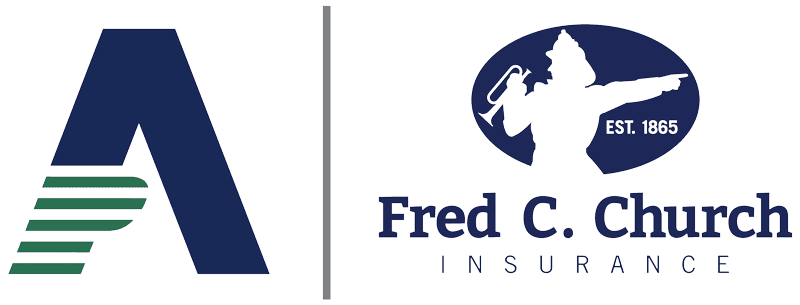These eight strategies can help you lower what are likely to be larger than usual increases in the coming year.
The past year has proven to be one of the toughest insurance years for independent schools since the mid-1980s. Increased insurance premiums, higher deductibles, restricted coverage, and a record-breaking number of catastrophic events (e.g., hurricanes and floods) have caused double-digit property rate increases in the insurance market. These rate increases were even higher for buildings made of wood frame, buildings in or near flood zones, and independent schools with adverse loss experience.
Just when we think it cannot get worse, the general liability and umbrella excess liability insurance markets continued to react to many years of sexual abuse and molestation liability claims and increased claims and liability from concussions and mental health issues, along with social inflation, i.e., increased frequency and severity of lawsuits. This has put the insurance industry within the “perfect storm” of paid and potential claims. Insurers are exiting the independent school market, lowering limits, restricting coverage, and offering double-digit rate increases. On top of this, the coronavirus pandemic has put pandemic risk loss front and center for all insurers. Many insurers added exclusions for pandemic liability claims during 2020 or are looking to add them in 2021.
Other Areas of Concern
Automobile liability: We continue to see high single-digit or low double-digit rate increases for independent schools, due to many issues but mainly distracted drivers.
Cyber risk liability: After many years of flat and even lower rates, underwriters have recently paid many malware and ransomware extortion losses and, as of late 2020, are renewing with moderate double-digit rate increases.
Educators legal liability: The insurance industry continues to struggle with employment-related and student claims, forcing insurers to offer renewals with moderate double-digit rate increases.
None of this is good news, as the pandemic has forced schools to increase operating costs substantially, with no end in sight in early 2021. The only good news from an insurance standpoint is workers’ compensation, which is an area experiencing mostly flat rates and looks to remain competitive in 2021. There are signs of workers’ compensation making a turn for the worse in 2021, resulting from COVID-19 claims and higher claims severity due, in part, to an aging workforce. We are hoping that we do not see this change until 2022.
With all of this in mind, school administrators should consider taking this moment to go back to the basics and build their competencies as effective risk managers and insurance buyers. The following eight best practices are based on my thoughts and observations from almost four decades as an insurance underwriter and broker for independent schools.
1. Develop and Maintain a Continuous Process
As schools identify, quantify, and manage their strategic, operational, and financial risks to loss (e.g., Enterprise Risk Management or ERM), insurance underwriters are in constant motion developing and updating your school’s “risk profile.” A risk profile essentially examines the nature and level of the threats faced by an organization, the likelihood of adverse effects occurring, the level of the disruption, the costs associated with each type of risk, and the effectiveness of our controls in place to manage these risks.
Your insurance underwriters are looking directly or indirectly at your risk management program, including how you continually improve the quality and effectiveness of your risk management process. Most underwriters are looking to become an effective risk management partner to you and your school.
In addition to information that your insurance broker provides, underwriters are using applications and the “eyes and ears” of their loss control representatives, who visit your campus to gather more about risk management at your school. For example, they might look at controls regarding sprinkler systems and water flow, along with testing and training your team on these fire protection systems to minimize building damage and save lives.
We encourage the independent schools we work with to treat insurer applications and loss control visits in the same way they handle a periodic accreditation process. That’s because the information gathered through these means will have an effect on which underwriters you will quote, what they offer for insurance coverage and deductibles, and what rates and premiums will be quoted. In addition, school administrators should be able to provide examples of how they are continuously improving the school’s risk profile, such as by attending webinars and online training in areas like cyber risk, sexual misconduct, or concussion management.
2. Know Your Teams
The most effective risk management partnership will involve your school, insurance broker, and insurers. Do you meet with your underwriters periodically? If not, encourage your insurance broker to bring them to your campus. While this relationship is not common at independent schools, it can provide benefits. Consider bringing your critical on-campus risk management partners, such as your facility director or HR manager, to educate underwriters about your risk management practices. Not only do your underwriters enjoy meeting you and seeing your school, but they walk away with a better understanding of your school’s investments in risk management, which will ultimately help your school when they provide a quote.
You can also work with your broker to leverage your long-term insurer partnerships via a five-year premium and loss history report and a risk management activities report—that is, with both quantitative and qualitative analysis. This, too, may lower rate increases in a hard insurance market.
Additionally, schools should always ask about what their insurance brokers are doing to help them improve the school’s risk profile. Do they provide independent schools with specific risk management resources in person, online, and via webinars?
3. Open Insurance Claim Reviews
Schools should not change their procedures for open claim reviews with their insurers right now, mid-pandemic. This is very important, as both paid and reserve amounts on open cases will have an impact on insurance rates and premiums. Additionally, underwriting models should not overstate past losses, as this will have an impact when an underwriter develops predictions for future losses. For example, your workers’ compensation experience modification is based on three years of loss history, not including the most recent year. Any open case with a reserve over this three-year period will have an impact on this credit or debit, as the first $18,000 of a case (in most states) will go toward your experience modification in 2021.
Periodic open claims reviews help you close cases more quickly by keeping claims adjusters on their toes, while your HR staff does their best to get employees back to work as soon as possible. This review is equally important for both property and liability open claims, as the total dollars paid and reserved are used by underwriters when they develop your loss ratio (total losses divided by total premiums). Accounts with adverse loss ratios (typically more than 50%) are given higher rate increases than accounts with acceptable or lower loss ratios. Again, these proactive open claims discussions usually have a positive effect on open claims and help lower your loss ratios and premiums.
4. Understand Cost of Risk
The insurance market can sometimes change in a matter of months, and it is your insurance broker’s responsibility to share the good and bad news as soon as possible. Your insurance broker should be communicating with you and your staff on a regular basis to explain industry trends and how insurance loss will affect the cost of risk going forward. This helps insurers avoid disclosing cost increases at the last minute and allows schools to budget proactively.
5. Know Your Risk Financing Alternatives
Understand your insurance broker’s insurer relationships, the insurers they have contracts with, and how much business they have with them. Understand also the insurance broker’s experience and relationships with independent school buying consortiums, risk retention groups, captives, reciprocals, and similar groups that pool risk. Evaluate different limits, deductibles, and retentions using a quantitative analysis of your school’s loss history and benchmark with similar independent schools. Ultimately, marketing (bidding) will educate you and your management team about alternatives and secure the best negotiating position with incumbent underwriters. A thorough and timely insurance renewal process will provide you with confidence in a changing insurance market.
6. Renew Insurance Early and Often
Unfortunately, the standard insurance broker’s program renewal begins three months before your renewal date, which leads to a rushed decision-making process. This process starts with a client discussion, including updating underwriting exposures used to quote your account and completing and updating insurer applications to quote before your renewal. If your insurance broker is fortunate, they will have your renewal program a few days before your renewal date, but in many cases, the process becomes a 12th-hour quotations review and decision on your part.
Starting this process five to six months before your renewal date puts you, rather than your underwriters, in the driver’s seat. Well before this extensive two-hour renewal review meeting and during your budget season, your insurance broker and underwriters should be sharing their premium budget estimates. An insurance renewal “pre-renewal review” meeting between the broker and the client should include the following:
- Review thoroughly each policy and your insurance coverage, limits, and deductible/retentions, as well as major exclusions and expected changes.
- Discuss the five-year loss and premium summary for your major insurance policies (workers’ compensation, general liability, property, automobile, excess umbrella, educators legal, cyber, and executive risk). This analysis should show five years of losses, including reserves versus premiums paid for each policy by the year, along with a five-year total for each policy. Review also the detail in your loss runs (history), because insurers do make mistakes. Review large open cases once again.
- Review major self-insured risks and decide if the school should continue to self-insure or request insurance quotations if insurance alternatives are available. One example is pollution or environmental liability coverage, which most independent schools do not have in their insurance portfolio.
- Review loss control recommendations submitted to your school from your insurers. Any outstanding recommendations addressed at this time will have a positive effect on your renewal rates/premiums.
- Review current insurers, including financial status, continued dedication to independent schools, claims services, and risk management services.
- Review insurance broker services, including claims assistance and risk management services that are specific to independent schools.
- Review potential alternative insurers and discuss marketing (bidding) and negotiating with incumbent insurers. Consider if there are alternative risk financing options.
- Update your school’s operations and plans for the coming year, including an ERM or risk management program update.
- Discuss how you enhanced your school’s risk profile during the year and highlight it with underwriters.
- Review exposures (e.g., student/faculty count, automobile and drivers list, payrolls, property building, and contents replacement cost values) to update, along with applications to complete. Review prior insurer audits (e.g., workers’ compensation payrolls) when providing projected payrolls for the upcoming policy year. In addition, are your cost values for buildings and contents replacement adequate? Underwriters recognize a school that is using low replacement cost per square foot for buildings and will decline the account because they know they will not achieve adequate premium to cover the risk of loss. Some insurance brokers offer building replacement cost benchmarking or valuation services to avoid this underwriting dilemma.
- Review unique insurance underwriting changes, which could affect your insurance renewals. As mentioned before, most cyber risk liability underwriters are now looking at double-digit rate increases and even higher rate increases for schools that do not use multifactor authentication for their computer systems and encryption for all laptops used by employees and students.
7. Communicate with the Head of School, Trustees, and School Administrators
Provide at a minimum an annual update to your school’s senior leadership team and trustees on risk management efforts and the insurance program, pointing out major self-insured risks and market cost changes. Our recommendation is to make this communication semi-annual in the event of a hard insurance market and potential critical self-insured issues, like a pandemic or high umbrella excess limits. Share your school’s total cost of risk analysis and updates from your insurers. Collaborate with your insurance broker and work with the information they provide to avoid starting from scratch. In fact, as part of their annual service plan, your insurance broker can usually offer an annual stewardship report midyear from your insurance renewals. It may include the option for your insurance broker to present to your trustees’ finance, audit, and or risk management committee, much like your auditors do each year.
8. Rinse and Repeat
The seven points above are helpful to control and lower your cost of risk, not only during a hard insurance market but also during a competitive soft insurance market. The annual insurance program renewal process should not stop when your school secures current year renewals—it’s a perpetual insurance renewal process.
These strategies for managing, operating, and communicating should help you find the best value in insurance coverage, service, and cost for your school’s risk financing program. The year 2021 looks to be very challenging for all of us, but if we put the right team on the field and follow a great plan, we will, once again, put the best score on the board!
This article originally appeared in:
![]()



